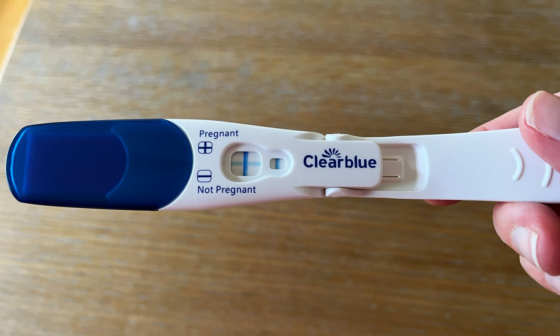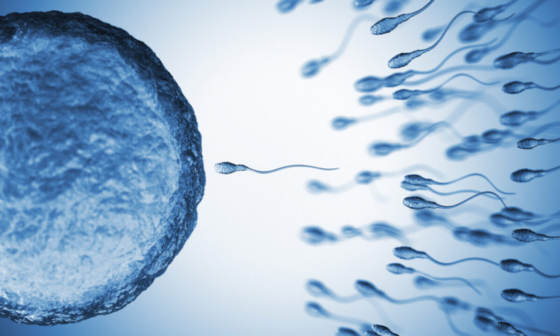When it comes to conception, understanding the role of sperm and its parameters is critical. Many people wonder, “How much sperm is needed to get pregnant?” While only one sperm fertilizes an egg, the process requires millions of sperm to overcome the various challenges along the journey to fertilization. This article delves into the essential details to answer this question comprehensively.
What Is Sperm Concentration and Why Does It Matter?
Sperm concentration refers to the number of sperm present per milliliter of semen. According to fertility guidelines, a concentration of 15 million sperm per milliliter or more is considered normal for male fertility. However, conception doesn’t rely solely on the number of sperm but also their quality and functionality.
The total sperm count in an ejaculation should typically be at least 39 million sperm. These sperm must exhibit strong motility and normal morphology (shape and structure) to maximize the chances of reaching and fertilizing the egg.
The Journey of Sperm to the Egg
Although only one sperm is needed to fertilize the egg, the journey from ejaculation to the egg is incredibly challenging. Here’s why millions of sperm are required:
- Navigating the Female Reproductive Tract
Sperm encounter several obstacles, including cervical mucus, the acidic vaginal environment, and the distance to the fallopian tube. This journey eliminates a significant number of sperm. - Competition for Penetration
Sperm must collectively break down the egg’s protective layer (zona pellucida) for one to successfully penetrate and fertilize it. - Survival of the Fittest
Out of millions of sperm, only a few hundred make it close to the egg. This natural selection ensures that only the healthiest sperm succeed.
Factors That Influence Conception
Several factors affect how much sperm is needed and the likelihood of pregnancy. These include:
1. Sperm Motility
Motility refers to the ability of sperm to swim effectively. At least 40% of sperm in an ejaculation should display motility for optimal fertility.
2. Morphology
The shape and structure of sperm are equally important. Abnormally shaped sperm are less likely to reach or fertilize the egg.
3. Timing and Ovulation
Conception is most likely during the fertile window of a woman’s menstrual cycle, typically a few days before and after ovulation. Having intercourse during this period maximizes the chances of success.
4. Lifestyle Choices
Unhealthy habits, such as smoking, excessive alcohol consumption, and a poor diet, can reduce sperm count and quality. Regular exercise, a balanced diet, and stress management can significantly improve sperm health.
Myths About Sperm Count and Fertility
Myth 1: More Sperm Equals Higher Chances of Pregnancy
While having a higher sperm count can improve chances, quality matters more than quantity. Even a low sperm count can lead to pregnancy if the sperm are healthy and motile.
Myth 2: Conception Is Instantaneous
The process of conception can take time, even for healthy couples. It often takes multiple cycles for fertilization to occur naturally.
When to Seek Medical Advice
If conception doesn’t occur after a year of regular, unprotected intercourse (or six months for women over 35), it may indicate an issue with fertility. In such cases, both partners should undergo evaluations. For men, a semen analysis can reveal critical details about sperm concentration, motility, and morphology.
Improving Sperm Health for Conception
To optimize sperm health and improve fertility, consider these tips:
- Adopt a Healthy Diet
Foods rich in antioxidants, such as fruits, vegetables, nuts, and whole grains, can enhance sperm quality. - Avoid Harmful Substances
Smoking, excessive alcohol, and recreational drugs can lower sperm count and motility. - Manage Stress
High stress levels can disrupt hormone production and negatively impact sperm health. - Maintain a Healthy Weight
Obesity is linked to lower sperm quality and reduced fertility. - Stay Active
Regular physical activity boosts testosterone levels, which plays a role in sperm production.
FAQs About Sperm and Conception
1. Can a Low Sperm Count Still Result in Pregnancy?
Yes. While it may be more challenging, medical interventions like intrauterine insemination (IUI) or in vitro fertilization (IVF) can help.
2. What Is the Average Time for a Healthy Couple to Conceive?
Most healthy couples conceive within one year of trying, but timing and individual fertility factors play a role.
3. Does Age Affect Sperm Quality?
Yes. Sperm quality can decline with age, though men can often father children well into later life.
While only one sperm fertilizes the egg, millions are needed to ensure successful conception. Factors like sperm motility, morphology, and timing play crucial roles in the process. By maintaining a healthy lifestyle and understanding the science behind fertility, couples can maximize their chances of conception. If challenges persist, consulting a fertility specialist can provide further guidance.






